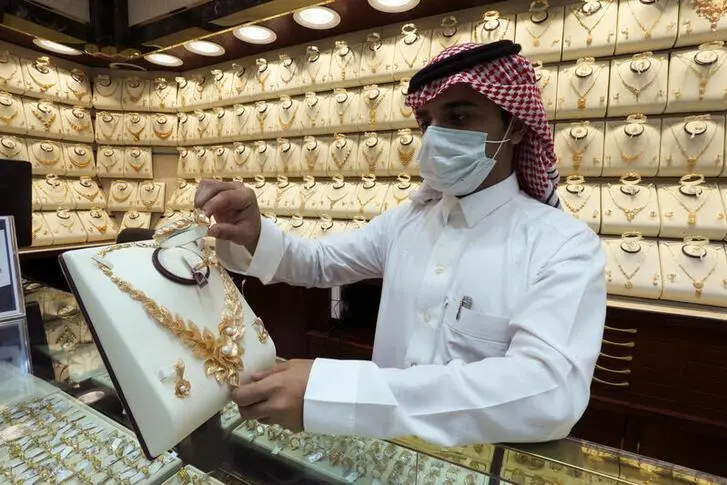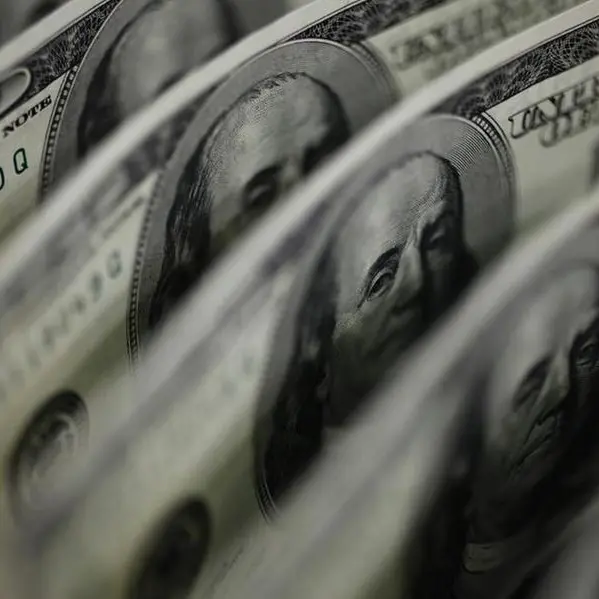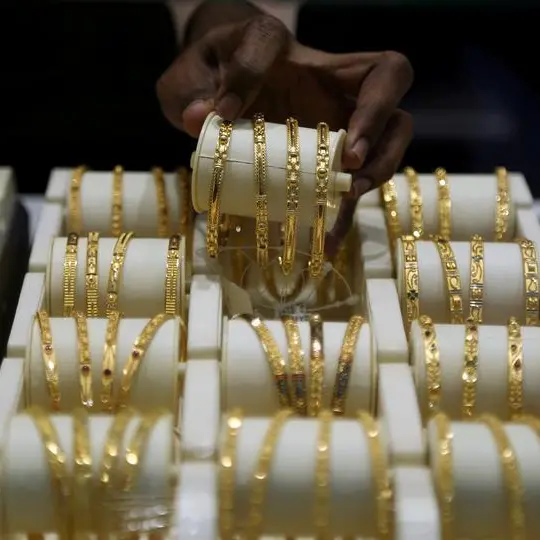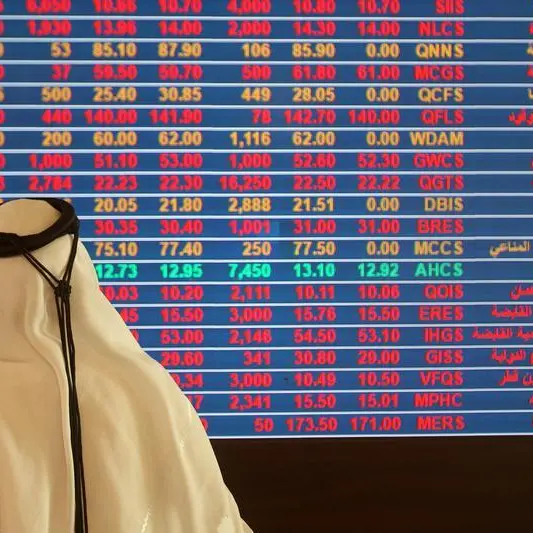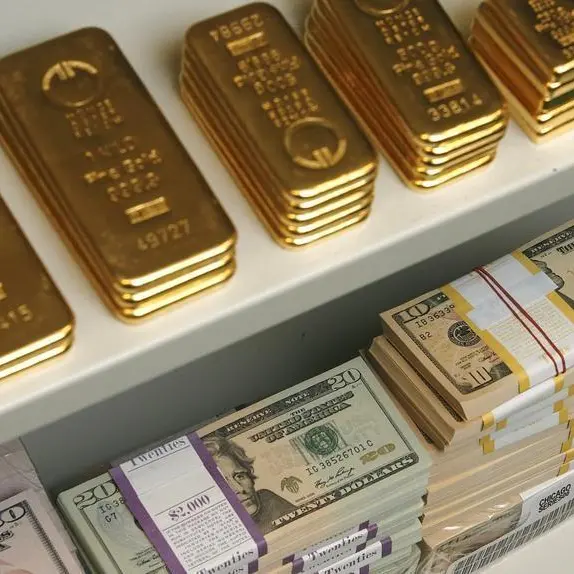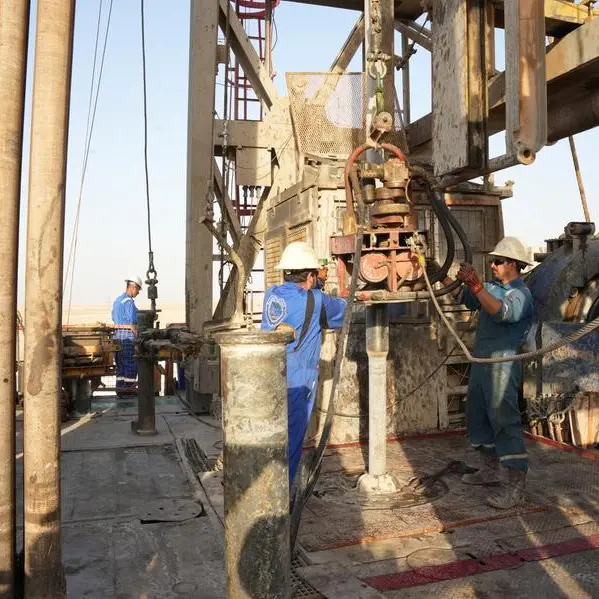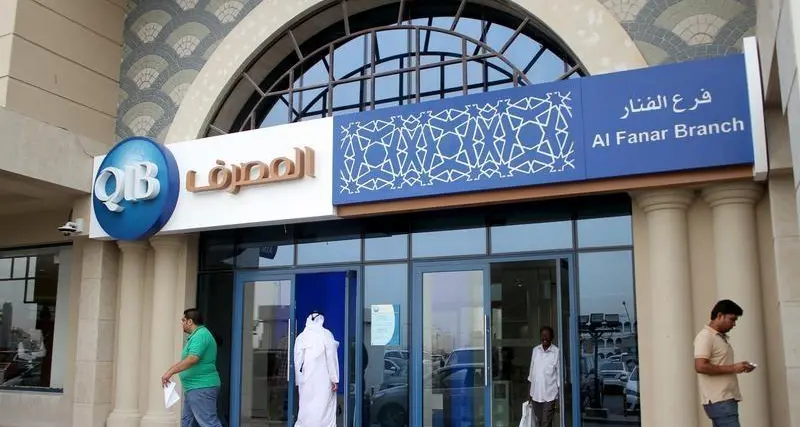PHOTO
Gold-backed exchange-traded funds (ETFs) in Saudi Arabia experienced strong inflows this year, mirroring a trend seen in the broader global market.
From January to September 2020, ETF holdings in the kingdom recorded net inflows of 0.5 tonnes valued at $28.9 million, according to the latest data released by the World Gold Council (WGC).
The year-to-date inflows represent 91.9 percent of assets under management (AUMs). It’s higher than in other small gold ETF markets like Malaysia and Thailand, but still behind major consumers like the United States, India, China or the United Kingdom.
The coronavirus pandemic that pushed economies around the world into recession has prompted investors to flock to safe-haven assets. Since the onset of the crisis, investors have been piling into gold ETFs to secure their fortunes amid ultra-low interest rates and growing uncertainty.
With the unprecedented demand for gold, the precious metal has powered to record-highs in recent months. The yellow metal hit $1,921 an ounce on Friday morning, inching towards the $2,000 mark.
ETF holdings in September
Across the globe, gold-backed ETFs and similar products (gold ETFs) recorded their tenth consecutive month of net inflows during September, according to the World Gold Council.
Holdings went up by 68.1 tonnes ($4.6 billion) or 2 percent of assets under management during the month.
The global net inflows of 1,003 tonnes in September have taken the gold ETF holdings to a fresh new all-time high of 3,880 tonnes and $235 billion in assets under management.
Biggest markets
The US topped the list of countries with high ETF inflows, which hit more than 634 tonnes, followed by the UK (187 tonnes), Switzerland (29.5 tonnes), China (24.7 tonnes) and Germany (24.4 tonnes).
According to Adam Perlaky, manager of investment research at the World Gold Council, there has been a “growing acceptance of gold as a long-term strategic asset and increased investment demand amidst the headwinds of tactical, short-term reduced positioning, profit taking and a stronger dollar.”
However, he noted, there are factors that could fuel market volatility in the fourth quarter, such as the upcoming US elections, as well as “political posturing, potential no-deal Brexit trade deal and the recent uptick in COVID-19 cases”.
“On the flip side, Chinese economic numbers looked better heading into the holiday season, and the solid monsoon season could spur demand in India as well,” Perlaky said in his latest blog.
(Reporting by Cleofe Maceda; editing by Seban Scaria)
Disclaimer: This article is provided for informational purposes only. The content does not provide tax, legal or investment advice or opinion regarding the suitability, value or profitability of any particular security, portfolio or investment strategy. Read our full disclaimer policy here.
© ZAWYA 2020
